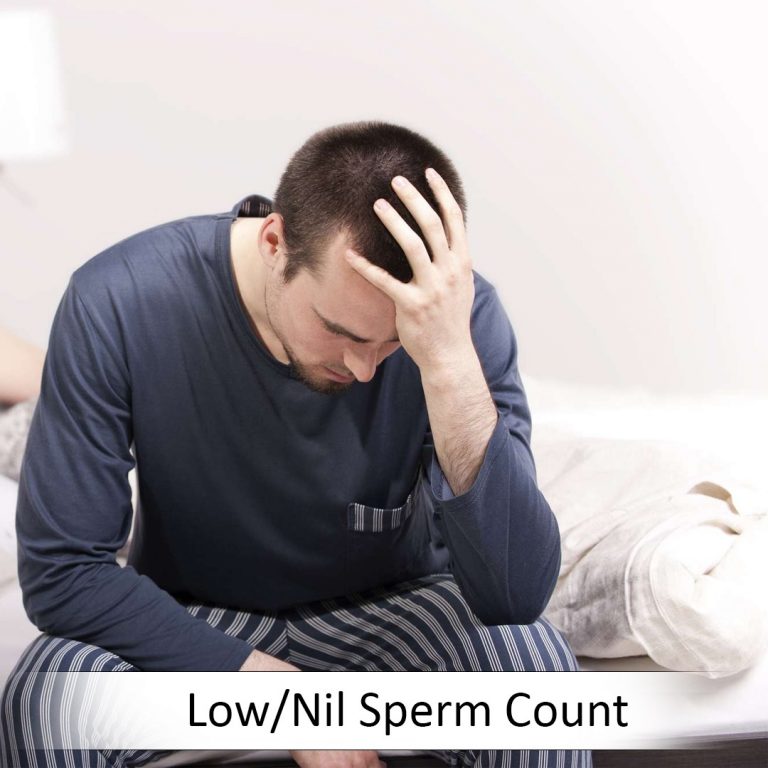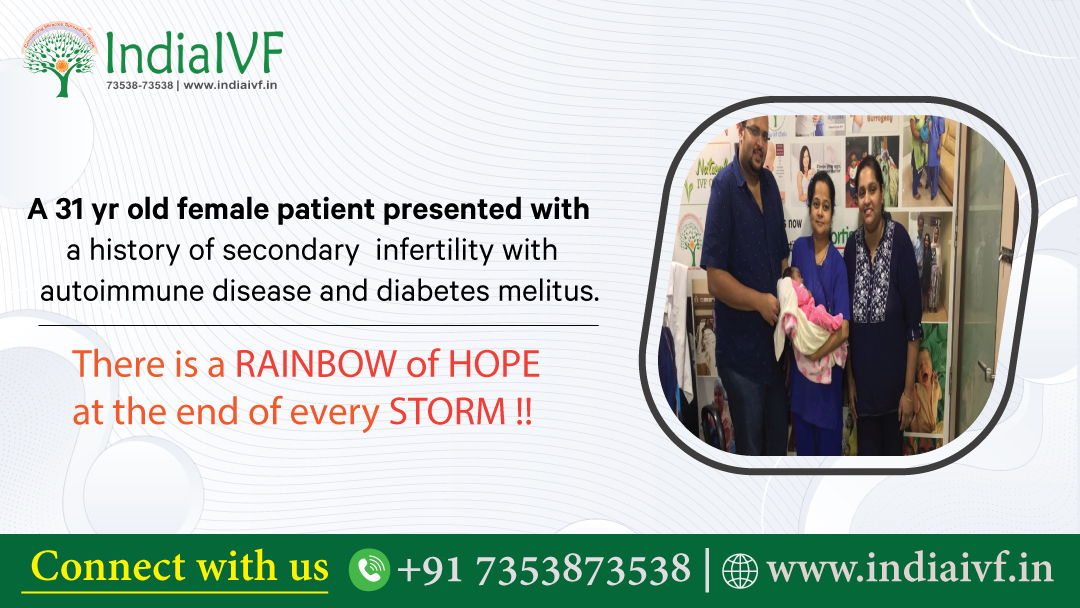SURGICAL SPERM RETRIEVAL :-TESA/PESA/MESA
SURGICAL SPERM RETRIEVAL :-TESA/PESA/MESA


About Dr. Richika Sahay Shukla
MBBS (Gold Medalist), Infertility (IVF) Specialist & Gynae Laparoscopic surgeon, DNB (Obst & Gynec), MNAMS, MRCOG (London-UK), Fellow IVF, Fellow MAS
I’ve been helping increase the chances of pregnancy through technology, knowledge and skill.
- Performed 10000 + IVF Procedures
- 2500+ Deliveries
- Awarded by ‘the Best young IVF Specialist award ’
At India IVF with our ability, passion and cutting-edge technology we fulfill our promise of providing the best IVF care, because every pregnancy matters.
As a wife and a mother, I understand the importance of family
I’m passionate about empowering women to make informed decisions about their fertility future and most of all, I’m passionate about helping you to fulfill you dream to conceive.

The main methods of surgical sperm retrieval available include:

PESA: percutaneous epididymal sperm aspiration.
MESA: microsurgical epididymal sperm aspiration.
TESA: testicular sperm aspiration. This includes testicular fine needle aspiration (TFNA).
TESE: testicular sperm extraction.
Microdissection TESE.
Perc biopsy: percutaneous biopsy of the testis.
Which method is used depends on the nature of the problem in the male partner, which needs to be explored carefully first.
Tests required before surgical sperm retrieval
A man that produces no sperm in his semen is said to have azoospermia. This may be because of a blockage in one of the tubes that carry sperm from the areas of the testes where they are produced, out to the penis during ejaculation. Obstructive azoospermia can be caused by testicular cancer, as the tumour presses on the vas deferens. This type of cancer is common in young men and can be treated successfully. It can, however, lead to infertility, so surgical sperm retrieval may be performed to store some sperm before treatment begins.
Other conditions cause non-obstructive azoospermia, including having an abnormal cystic fibrosis gene. Men with this condition may not show all the symptoms, but they often have no vas deferens. Surgical sperm retrieval is possible but there is a 50:50 chance that the embryos produced by subsequent ICSI and IVF will have the same genetic abnormality. Options then include using a sperm donor and intrauterine insemination (IUI) or IVF, or having pre-implantation genetic diagnosis (PGD) performed on the embryos to select ones that carry the normal gene.
If the problem that underlies poor sperm production is physical rather than genetic, or if a couple wants to have children after the male partner has had a vasectomy that cannot be reversed, surgical sperm retrieval can go ahead.
Surgical sperm retrieval techniques used when obstruction is the problem
When the release of sperm is prevented by a blockage in the vas deferens, or by a vasectomy, several techniques can be used to retrieve the large numbers of sperm that remain inside the testes. The first three involve aspirating sperm using needles or tubes placed through the skin of the testis and are carried out under local anaesthetic. The fourth requires open surgical sperm retrieval and is usually carried out under general anaesthetic.
TESA: testicular sperm aspiration. This involves placing a needle attached to a syringe through the skin of the scrotum and simply sucking out the fluid inside the testicle.
PESA: percutaneous epididymal sperm aspiration. This involves the same needle and syringe technique but the needle is placed directly into the epididymis.
Perc biopsy: percutaneous biopsy of the testis. This is similar to TESA, but a larger needle is used. This is a 14 gauge needle usually used to biopsy testicular tissue and it usually extracts a larger number of sperm.
MESA: microsurgical epididymal sperm aspiration. An open surgical sperm retrieval procedure that uses an operating microscopy to locate the tubules of the epididymis precisely, so that large numbers of sperm can be extracted.
Some small studies have been done to compare success rates after the different types of surgical sperm retrieval. These concluded that MESA gives the highest number of sperm, with a hundred times more sperm being recovered compared to TESA and perc biopsy. MESA also produced sperm that were better swimmers and therefore more useful for infertility treatments, including IVF and ICSI.
Surgical sperm retrieval techniques when there is no obstruction
Men who have no sperm in their semen, despite having clear tubes in their testicles, usually have a problem with the process of sperm production. It is unlikely that sperm are present in large numbers, so the surgical sperm retrieval techniques required are more invasive.
TESE: testicular sperm extraction. This involves opening up the scrotum and taking a large volume of testicular tissue, perhaps from several regions of the testicle. Sperm are then retrieved using a microscope to identify individual sperm.
Microdissection TESE. A similar technique but a microdissecting microscope is used to pinpoint the tissue to be removed. This aims to cause less damage to the structure inside the testicle, and to therefore have fewer after effects such as blood supply problems caused by tiny blood vessels being cut. It also appears to increase the number of sperm that can be retrieved.
Success rates after surgical sperm retrieval
Evidence is still accumulating because all of these infertility treatments are relatively new, but one of the most successful combinations appears to be MESA followed by ICSI, which has reported fertilisation and pregnancy rates between 45 % and 52 %.
IVF SUCCESS RATES
Why Patients Prefer India IVF Clinic For In Vitro Fertilization?
- State-of-the-art facility with modern & sophisticated equipment.
- Expertise in Treatment of Low Egg Reserve, Multiple Failed IVF, Low/Nil Sperm Count.
- Expertise in Treatment of Blocked Fallopian Tube, Recurrent Abortion, Uterine Defects.
- Proven track record of treating IVF patients from Age 24 to Age 55.
- Experienced & Highly Skilled Doctors.
- Hassle-free Cashless facility, 0% EMI facility with administrative support.
Call Us Today for FREE Consultations
Expertise in Treatment of






Why Patients Prefer India IVF Clinic?

WORLD CLASS TREATMENT
Most advance US FDA approved equipments with qualified and well trained staff.

NABH, ICMAR & FRRO ACCREDITED
Government accredited IVF fertility clinic with centers in Delhi, Noida, Gurgaon, Gwalior and other cities.

CASHLESS AND 0% EMI FACILITY
Cashless Treatment Facility available for individuals and corporates*
Advanced, Secure And Affordable IVF Treatment in Delhi NCR India.
IndiaIVF is an Govt. of India by PCPNDT & ICMR accredited IVF care organization, a mark of excellence in patient care and quality – powered by a state of the art facility with experienced and skilled medical professionals.
- World Class IVF Procedure With Highest Success Rate
- Ex-AIIMS & Sir Gangaram Specialist Doctor
- 0% EMI Facility Available
IVF Success Stories
Our IVF Centres
India IVF Clinic in Noida
N Block, Plot No.26, 2nd & 3rd Floor, Sector 18, Noida 201301
India IVF Clinic in Delhi
Fortis Flt. Lt. Rajan Dhall Hospital, Aruna Asaf Ali Marg, Pocket 1, Sector B, Vasant Kunj, New Delhi, Delhi 110070
India IVF Clinic in Gurgaon
Plot No- 167 P, Lower Ground Floor, Sector 51, Gurugram- 122001
Battle-Tested And Proven Resultss
We don’t just talk – We deliver

Our Happy Patients












